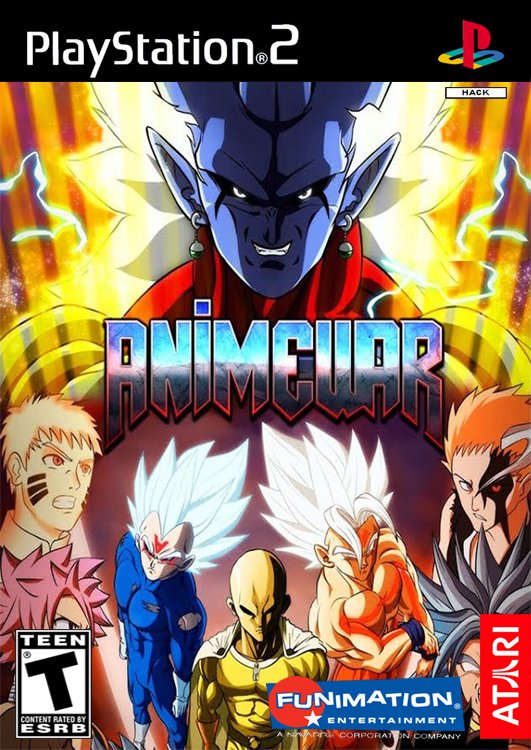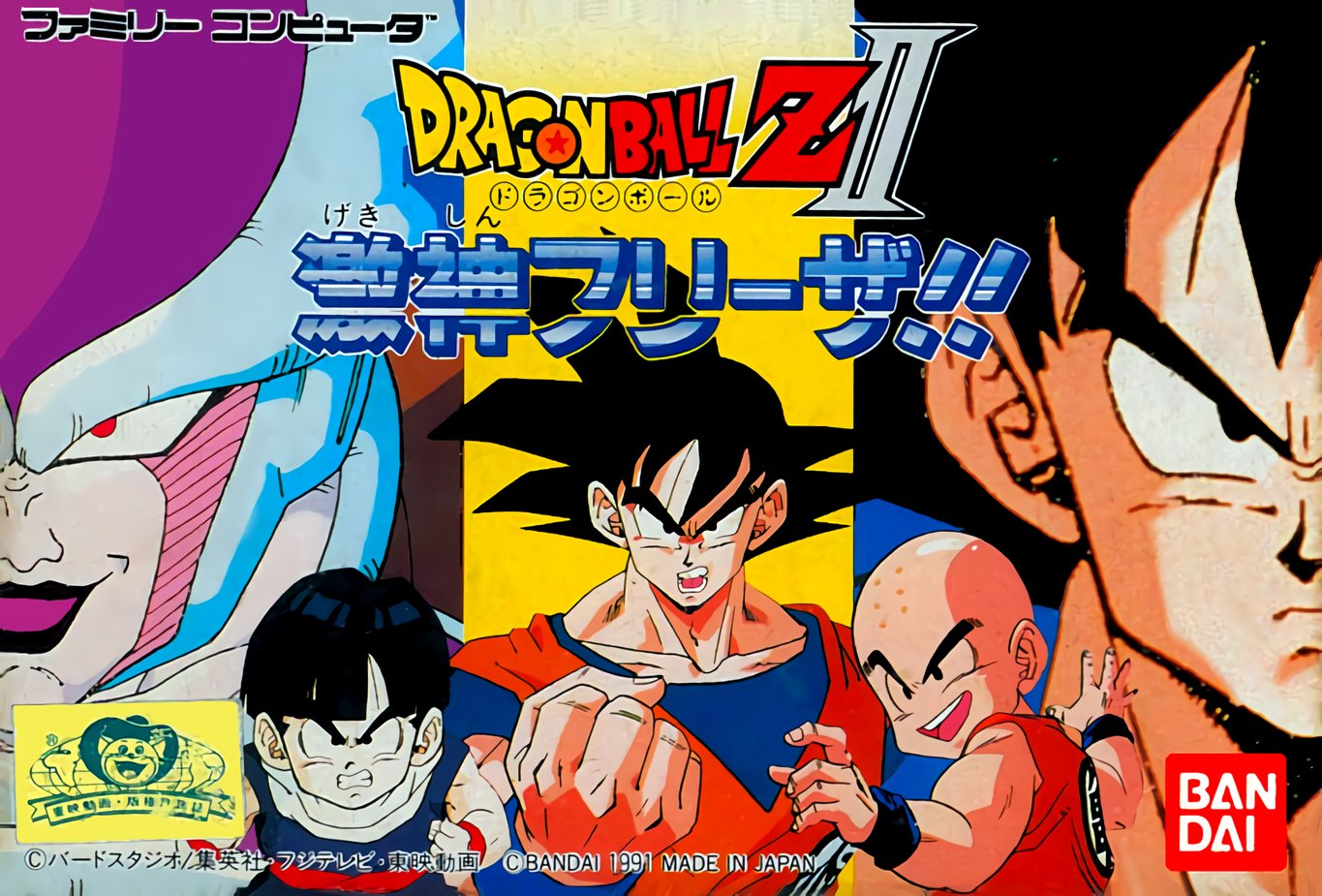

Other times they require limited effort to obtain, such as being packaged along with other cards in Sub-Sets of various card sets (Broly Sub-Sets, for example). A promo can often be easily obtained (for example, as a card in World Games Saga starter decks). These cards are easily accessed through virtually any means.įor card collectors, the rarity values of "2-Star" promo cards are debated. The rarity of cards are listed as follows: Dragon Balls were classed as "Non-Combat" throughout the first few sets but from the Majin Buu Saga onwards they received the card-type of "Dragon Ball" to replace "Non-Combat", a trend that continued into the DBGT TCG.Ĭard Rarity, Distribution, and Imagery Mastery cards were introduced with the Trunks Saga whereas Sensei Cards made their debut in the World Games Saga. Sensei cards were required for Sensei decks, a game mechanic likened to the side deck system of the Yu-Gi-Oh! Trading Card Game and similar games. Later, a Freestyle Mastery was introduced. Mastery cards were used in conjunction with a single style deck that could be used to declare a Tokui-Waza and would allow various benefits throughout the game, and covered Saiyan, Namekian, Red, Black, Orange and Blue styles. Other card types in the Z-CCG and GT-TCG included Personality cards (which were used as Main Personalities or Allies), Mastery and Sensei Cards. Both of the Trading Card Game releases also sport cards called "Event Combat" cards, whereas they were referenced simply as "Combat" cards in the original Collectible Card Game. In the DBZ TCG, these cards are known as "Support" cards.
#Dbz card game simulator series#
Cards portraying the events of the series were known as "Non-Combat" cards in the DBZ CCG, then as "Non-Combat Setups" in the DBGT TCG.

Ī brand new game, the Dragon Ball Collectible Card Game, with completely different rules was released by Bandai in July 2008. As of 2006, the game has had eighteen expansions, one "virtual" set, several "Subsets", and many promotional cards, or "Promos". The game first saw release in 2000, with the " Saiyan Saga" starter decks and booster packs. Score then sold the rights to Panini which eventually ceased publishing. The game was produced by Score Entertainment and uses screen captures of the anime to attempt to recreate the famous events and battles seen in the anime.

Dragon Ball Z Trading Card Game (originally the Dragon Ball Z Collectible Card Game and the Dragon Ball GT Trading Card Game) is an out-of-print trading card game based on the Dragon Ball series created by Akira Toriyama.


 0 kommentar(er)
0 kommentar(er)
